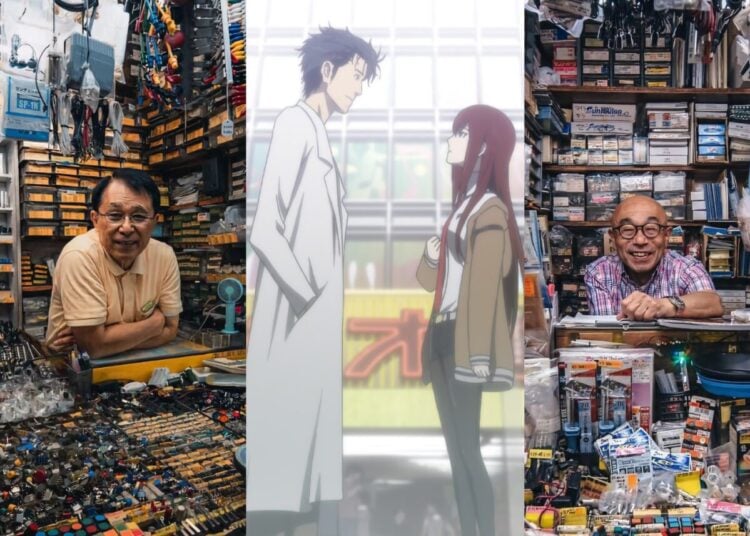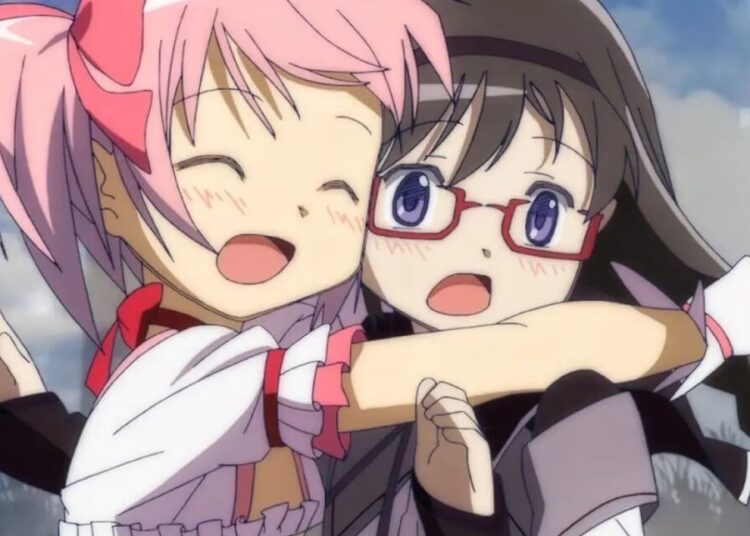I’m back in Japan after a very busy trip to the U.S. for the summer conventions, followed by a few days of relaxing in Las Vegas with Mrs. J-List. It was great to have anime and comic conventions return after the two-year hiatus brought on by COVID-19, and I loved meeting everyone at our booth at AX and SDCC. While I work through my jet lag, here’s a post exploring the topic of ‘reverse culture shock’ people experience when visiting Japan and the U.S.!
What is Reverse Culture Shock?
We all know what culture shock is, even if we don’t experience it daily. If you get on a plane and go to Paris, Tokyo, or Taipei, you’re bound to encounter minor shocks and surprises as you get used to your new environment. “Reverse culture shock” is when you return to your home country from abroad and become hyper-sensitized to the differences between where you just came from… like the time I couldn’t find the “close” button in the elevator in Los Angeles because it was labeled in English and not Japanese (true story!).
In today’s post, we’ll delve into what happens when we travel from Japan to the U.S. and back again.
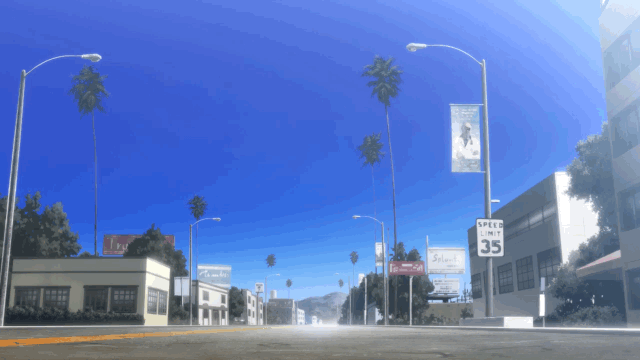
America is “Wide”
The first impression anyone arriving in the U.S. from Japan is that America is “wide.” Well, that’s if you speak Japanese, and your brain substitutes the word hiroi (wide) instead of ookii (big, which I guess would only be applied to objects and not land masses). America is 25x the size of Japan, so naturally, there’s much more space to put stuff.
One interesting trope in anime is the way America is often depicted as a highly stylized version of itself, with Route 66 suddenly appearing once you’re five minutes outside of downtown L.A. Anime like Steins;Gate and Takt op.Destiny both fall into this category. I love seeing my home country represented in anime!
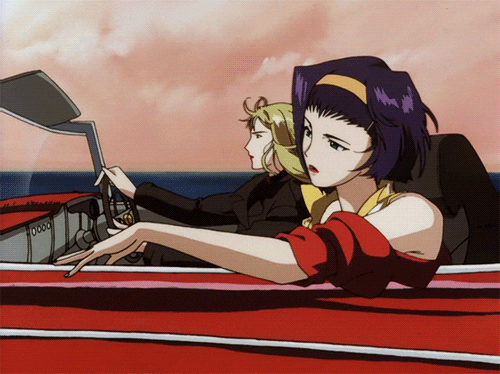
Cultural Issues Related To Driving
I’m mildly dyslexic, meaning my brain sometimes takes a couple seconds to correctly recognize right or left. So it’s an extra challenge to regularly flit between the U.S., where people drive on the right, and Japan, where they drive on the left… just like Great Britain-senpai. While I’ve mastered the art of driving on the correct side of the road — the key is to realize I should always be closer to the center line than my passenger, no matter what country I’m in — I do occasionally find myself in the wrong lane if I’m on the road with no other cars, for a few seconds.
Then, of course, there’s the hilarious dance my wife and I do when one of us tries to get in the wrong side of the car, then nonchalantly saunters around to the other side as if we meant to do that all along.
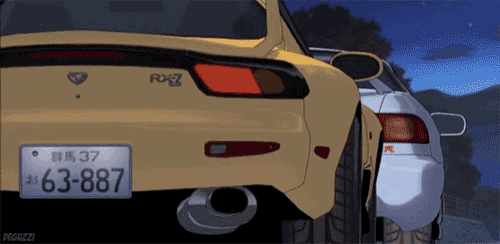
People-Watching and Car-Watching
When I’m back in America, I enjoy people-watching, seeing what interesting kinds of people are around me, and wondering how their day is going. I also like car-watching and observing the various interesting cars on the road. Subjectively, I feel I can judge the health of the U.S. economy by how many sleek new cars vs. older vehicles I see.
One thing that stood out to me on this trip: there are many guys in sports cars revving their engines in the streets of Los Angeles and San Diego. My working theory is that anyone with a fun-to-drive car got used to driving it fast during COVID, since most other entertainment avenues were closed off.
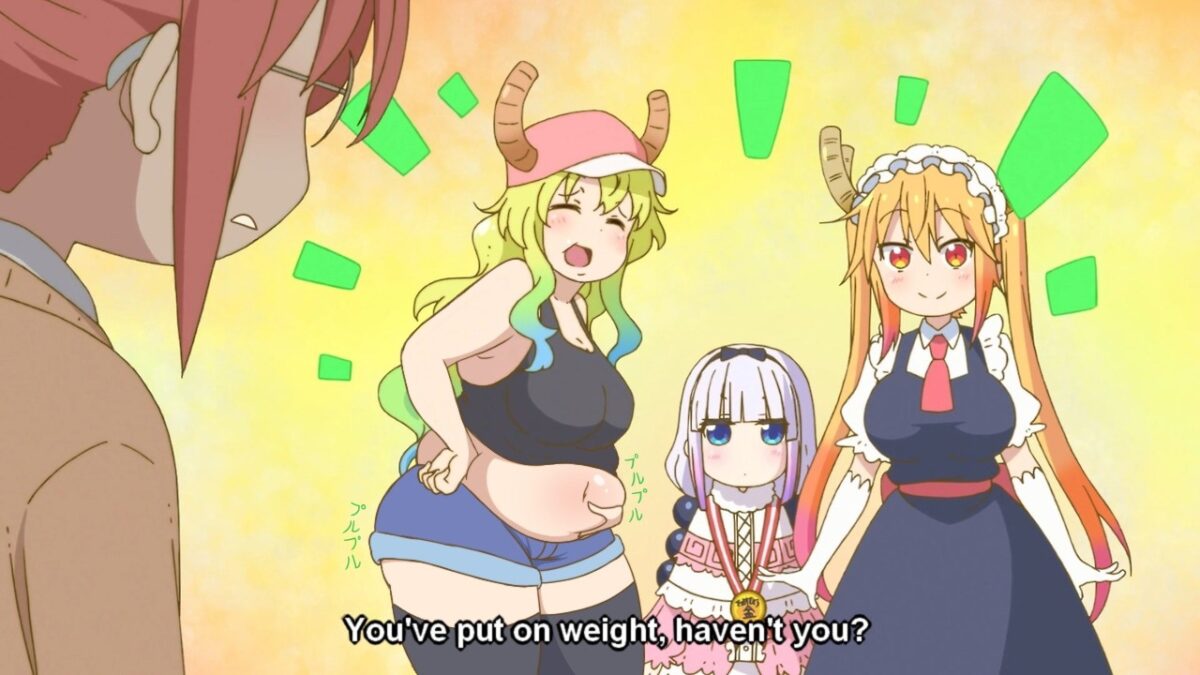
Food Related Culture Shock: American Portions
One of the biggest forms of culture shock is ordering food at any American restaurant and getting served enough food for a Japanese competitive eating TV show. Ordering a medium soda and getting a “bucket” of cola can also be shocking until you get used to it. I know to schedule a few months of hitting the gym after a stay in the U.S. to get rid of the extra weight I’ve accumulated while back home.
Another challenge is finding access to unsweetened drinks in America. One of the defining points of the Japanese national character is their love of tea, and they drink dozens of Asian and Western teas, nearly always unsweetened. But in America (and China!), tea is considered a sweet drink, and it can be easy to find yourself at a gas station in the middle of nowhere with no unsweetened drink options except for water.
(Because there are comparatively few fat Japanese people, the Japanese don’t have a stigma against commenting on someone’s weight as we do in America. Hence, it’s quite common to have a Japanese person if you’ve gained weight while making polite small talk, something that would be unthinkable in the U.S.)
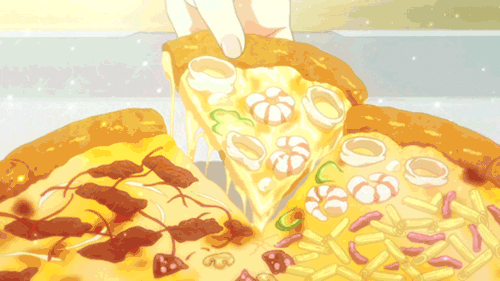
Familiar Foods are Always Welcome
You don’t think about mundane foods like cottage cheese, celery or pickles very often because you can probably go find them in your local store. But if you live in Japan, where these foods don’t exist, you can find yourself loading up the shopping cart when you’re back home.
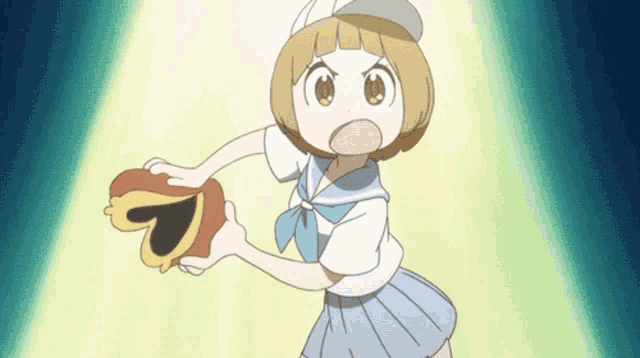
Inflation Culture Shock in USA vs. Japan
We’re all living through a rare period of high inflation as we work off the disruption that COVID caused all of us. Eating out in a large city like San Diego was always more expensive than in most parts of Japan, but things felt extra-expensive on this trip. Hopefully, things will calm down soon.
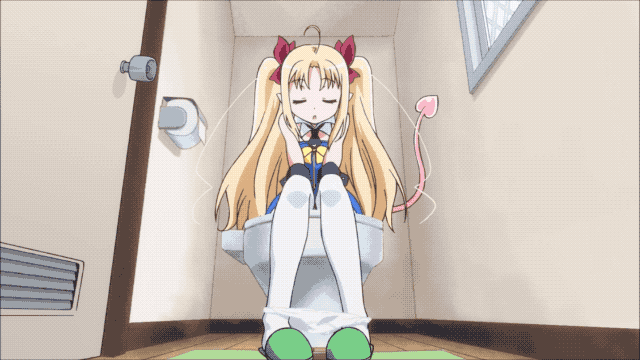
Another Culture Shock: Your Poop Will Change
Let’s get this one over quickly. When you go from eating rice with 95% of meals to eating zero rice, the consistency of your poop is going to change. Similarly, going from humid Japan to the dryer climate of California makes for interesting hanakuso in your nose.
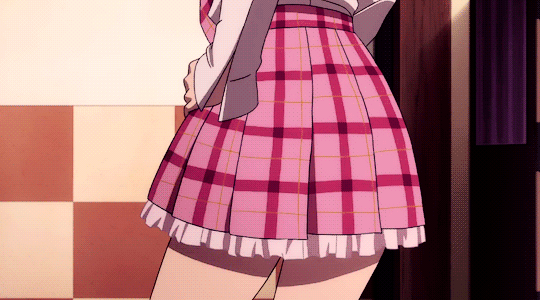
We’re Always On the Lookout for New Trends
As a general rule, cool new trends usually start out in trendy places like Los Angeles and flow out into the wide world from there, often taking a few years to work their way to less-cool places like Japan. So we’re always looking for interesting new trends we can follow.
(Back when my son was small, Mrs. J-List would seek out the most trendy clothing to buy for him in the U.S., knowing that Japan would always follow a few years behind whatever was cutting-edge in Japan that year. My son was wearing GAP and Abercrombie & Fitch clothes years before they went mainstream in Japan and as a result, was always seen as the most fashionable kid in his class.)
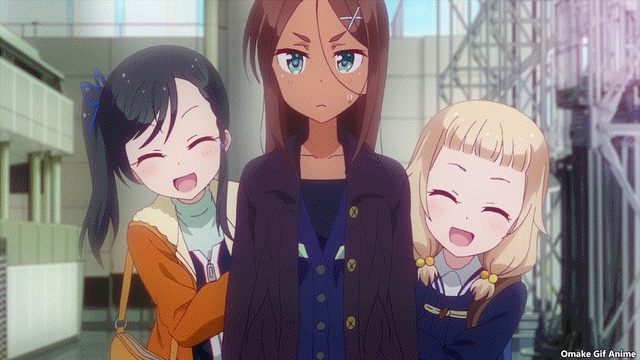
Culture Shock: Order vs. Chaos
One impression I always have when I touch down at Narita is how proper and ordered everything appears in Japan, compared with the more chaotic flow of things in the U.S. Everyone in Japan is wearing a uniform and is doing exactly what they should be doing.
Wearing protective health masks is part of this: with around 200,000 new Coronavirus cases in Japan daily, including 200 deaths each day, everyone is happy to keep wearing face masks in public. Although I hate wearing those masks as much as anyone, I’ll gladly put one on if it helps us get COVID behind us once and for all.
Thanks for reading this post exploring the reverse culture shock people experience when visiting Japan or the U.S. Got any similar experiences? Tell us below, or reply to us on Twitter!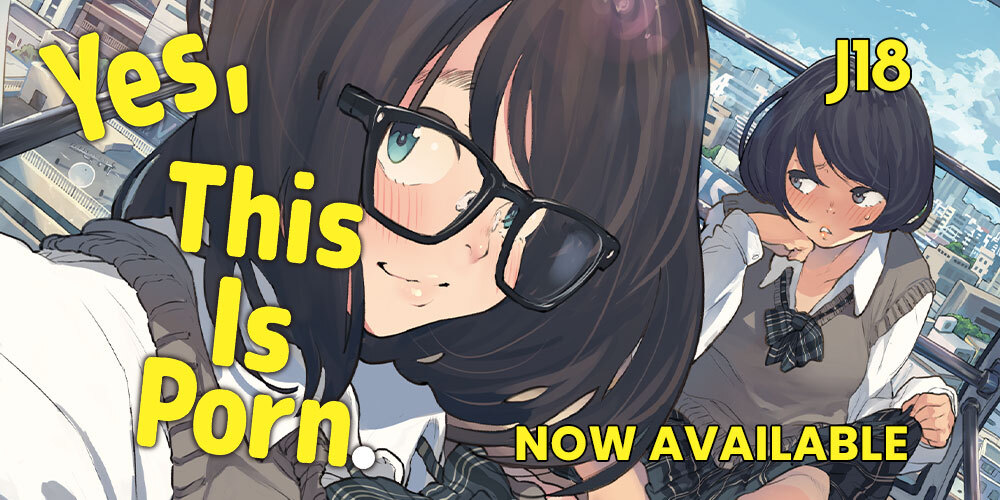
While J-List’s sister company J18 Publishing has become famous for bringing the best uncensored + fully translated hentai doujinshi by Japan’s top artists to fans worldwide, we also publish awesome full-sized tankoubon format manga, with 200+ pages of awesome material for you to enjoy. One book we love is Yes, This is Porn, by artist Takayanagi Katsuya. Order your copy here!


